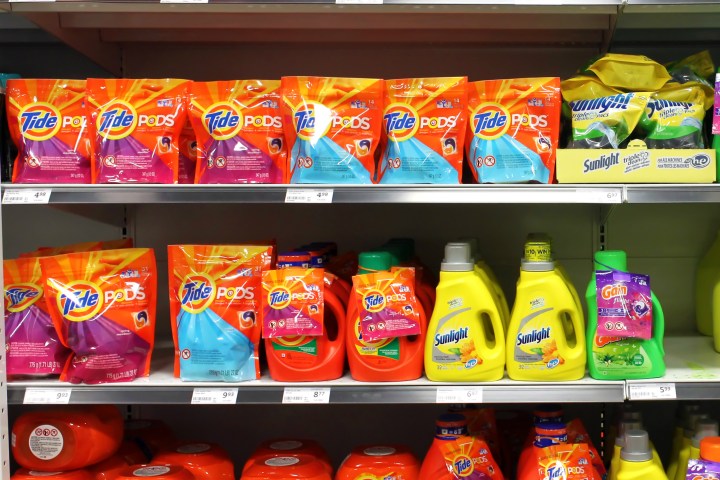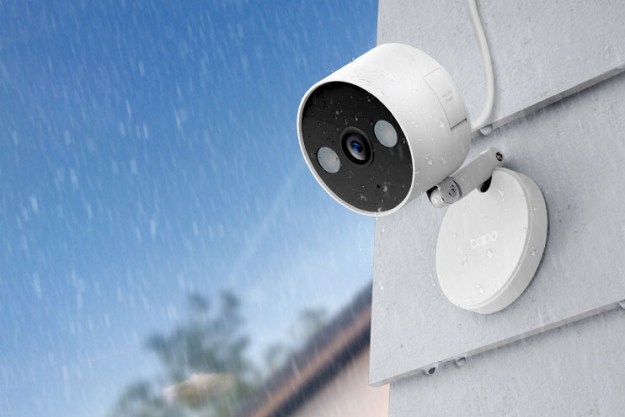
It’s a similar model to the company’s Gillette Shave Club for razor blades, which was launched in an effort to stave off the growing popularity of the Dollar Shave Club. And now that the Cincinnati company’s chief competitor Unilever has bought the Dollar Shave Club for a cool $1 billion, it seems just as good a time as any for P&G to step up its presence in the subscription delivery service game, starting with laundry.
The Tide Wash Club will give users free shipping for single-use laundry packets of Tide Pods, which will be sent to their doorsteps once every two or three months, depending upon which subscription plan they select. The Tide Pods are actually P&G’s most expensive laundry detergent, but the firm seems to be hoping that the convenience of the new service combined with the offer of no-cost shipping will be enough to convince users to splurge a bit on keeping their clothes clean.
Atlanta residents are currently the only ones able to participate in the Tide Wash Club, but interested parties outside of the Georgian metropolis can sign up on P&G’s email list to stay in the loop on when the Club comes to their area.
Separately, P&G is also testing another laundry program called Tide Spin, which the company describes as the “uberization of laundry.” Currently available exclusively in Chicago, the program allows customers to use a smartphone app to order both laundry pickup and delivery from Tide-branded services. Think of it as your normal laundry service … but with a serious Tide component.
So if doing your own clothes washing has just gotten too difficult lately, you can thank P&G for its efforts to stay relevant and bring laundry into the digital age.


